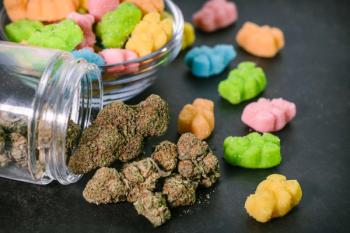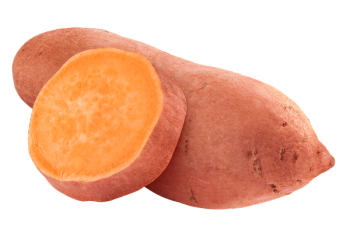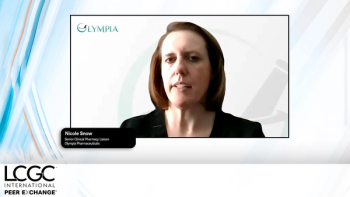
Ambient Ionization: Instrumentation and Applications
Monday afternoon?s six presentations will provide insight into a variety of ambient ionization applications along with the methods and instruments used in this technique, including gas chromatography-ambient mass spectrometry, surface acoustic wave nebulization, spatially resolved laser induced forward transfer of material followed by liquid microjunction surface sampling, probe electrospray ionization, and laser ablation electrospray ionization mass spectrometry.
Monday afternoon’s six presentations will provide insight into a variety of ambient ionization applications along with the methods and instruments used in this technique, including gas chromatography-ambient mass spectrometry, surface acoustic wave nebulization, spatially resolved laser induced forward transfer of material followed by liquid microjunction surface sampling, probe electrospray ionization, and laser ablation electrospray ionization mass spectrometry.
The session will open with Jentaie Shiea of the National Sun Yat-Sen University (Kaohsiung, Taiwan) presenting “Gas Chromatography/Ambient Ionization Mass Spectrometry (GC-AMS) for the Analysis of Long Chain n-Alkanes in Crude Oil.” Shiea will discuss a study that combined gas chromatography with ambient mass spectrometry using a plasma based-APCI as the ionization source and interface.
Kanako Sekimoto, of the Yokohama City University (Yokahama, Japan), will follow Shiea’s presentation with a talk titled “Application of Negative Atmospheric Ions Formed in Corona Discharges to Specific Analyte Ionization under Ambient Conditions.” Sekimoto will show how regulating the individual atmospheric negative ion formation in ambient corona discharges and systematically investigating the interaction between the individual atmospheric negative ions and various type organic compounds resulted in a contribution toward an accurate interpretation of negative-ion mass spectra obtained by APCI-like ambient ionization techniques.
Next in the session will be J. Scott Edgar of the University of Washington (Seattle, Washington) with a presentation titled “Coupling Surface Acoustic Wave Nebulization with Droplet Microfluidics for Rapid Hydrogen Deuterium Exchange Mass Spectrometry.” Edgar will report on the combining of gas chromatography with ambient mass spectrometry using a plasma-based atmospheric pressure chemical ionization as the ionization source and interface.
Following Edgar, will be Olga S. Ovchinnikova of the Oak Ridge National Laboratory (Oak Ridge, Tennessee), presenting “Spatially Resolved Laser Induced Forward Transfer of Material followed by Liquid Microjunction Surface Sampling and Electrospray Ionization Mass Spectrometry.” Ovchinnikova will present work done using transmission geometry atmospheric pressure laser induced forward transfer of samples from one surface onto distinct, well separated, registered locations on a collection surface for subsequent analysis using a liquid microjunction surface sampling probe system.
Kenzo Hiraoka of the University of Yamanashi (Kofu 400-8511, Japan) will be the next presenter, with a talk titled “Probe Electrospray as an Ambient Field Desorption.” Hiraoka will discuss the fundamentals and applications of probe electrospray ionization, the methods used, and preliminary data.
Jessica A. Stolee will deliver the final presentation in the session. Her talk, titled “Toward Single Cell Analysis by Plume Collimation in Laser Ablation Electrospray Ionization Mass Spectrometry,” will show that plume collimation in LAESI enhances sensitivity and enables the analysis of a few functioning cells in the ambient environment.
Newsletter
Join the global community of analytical scientists who trust LCGC for insights on the latest techniques, trends, and expert solutions in chromatography.





